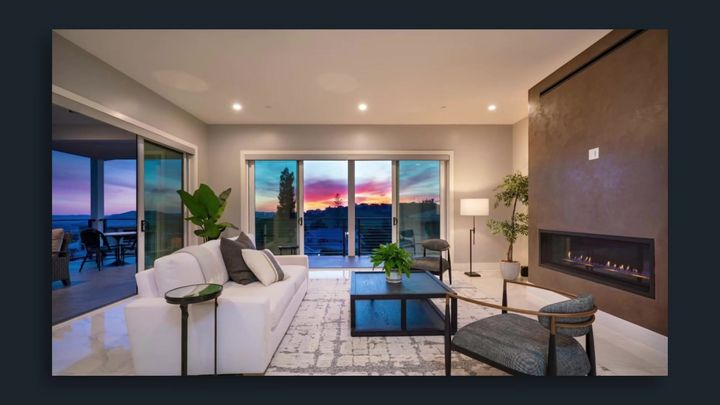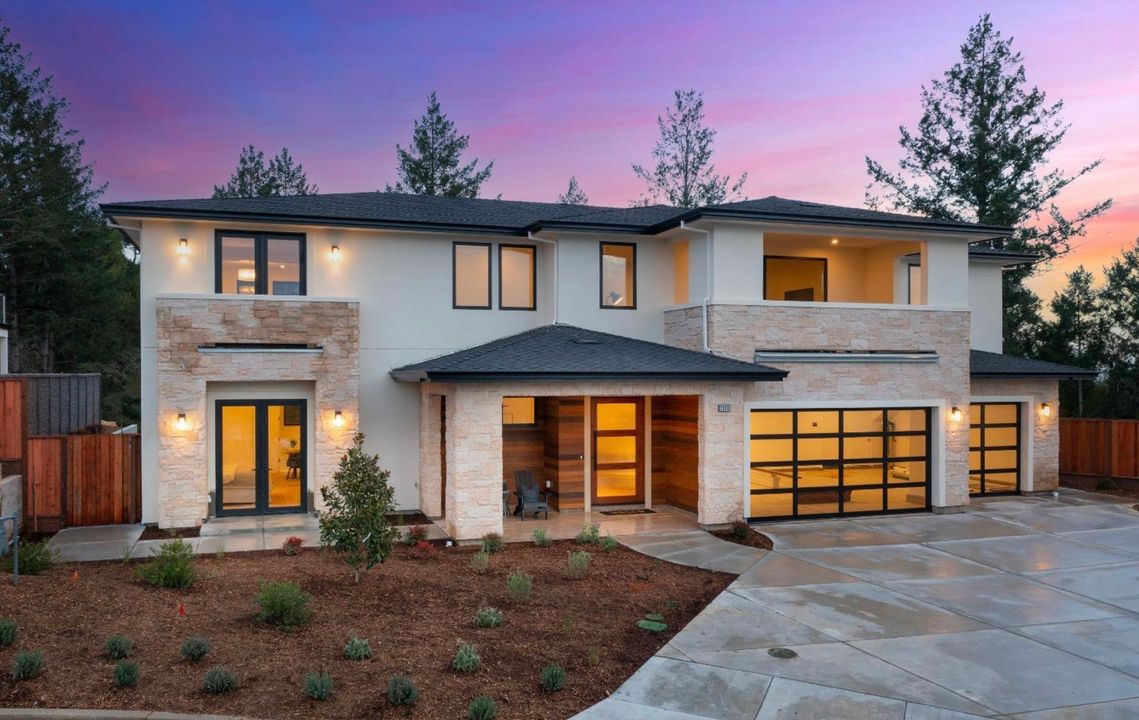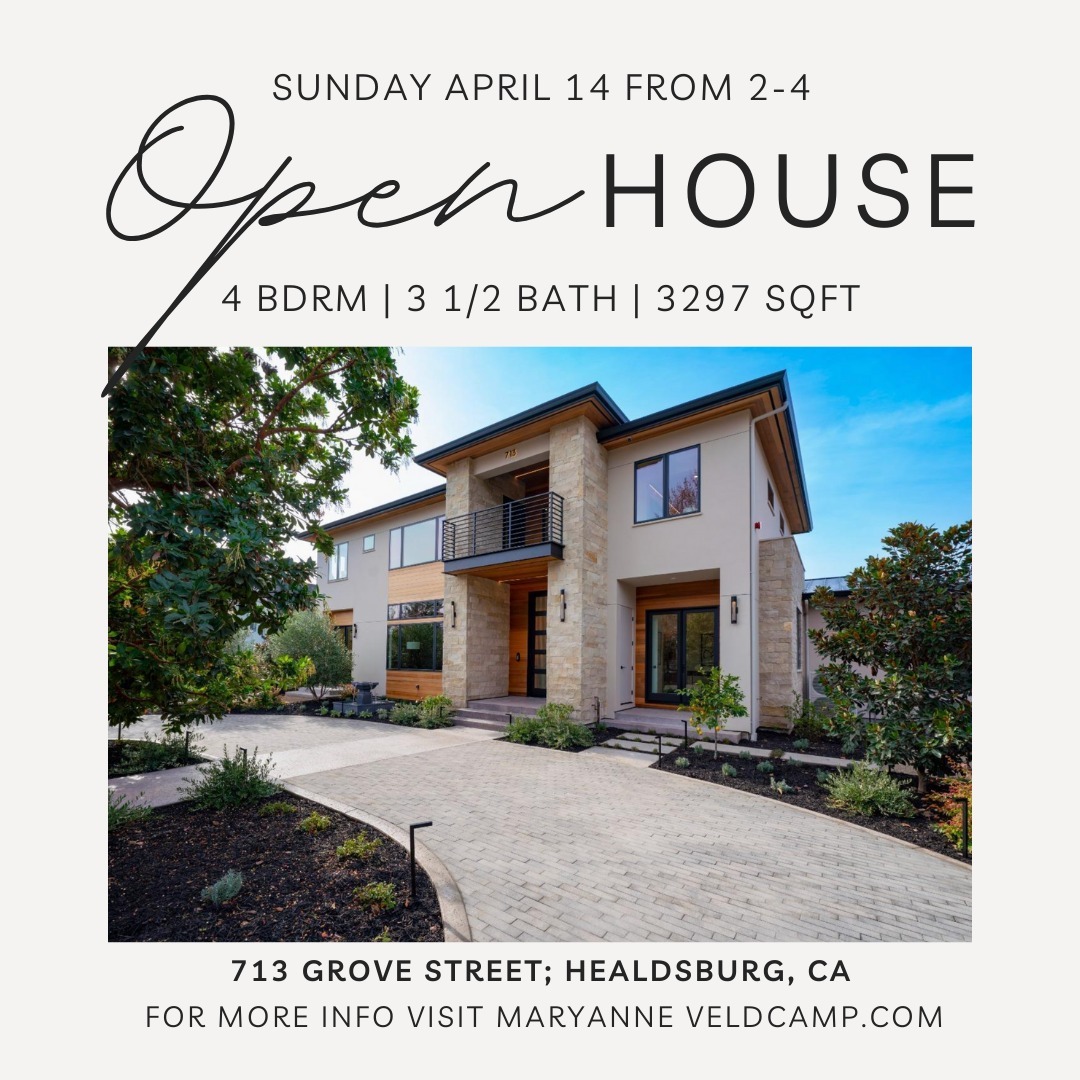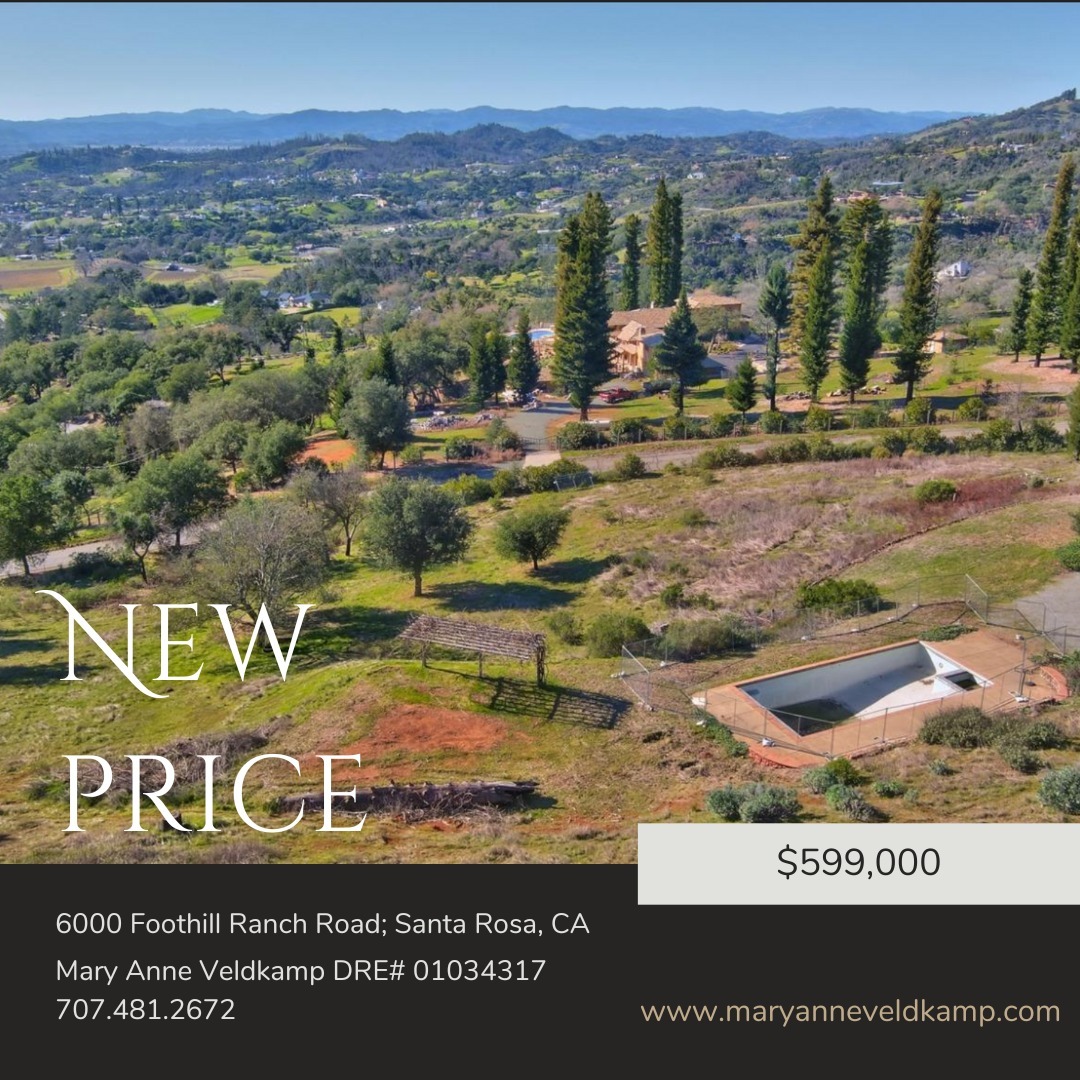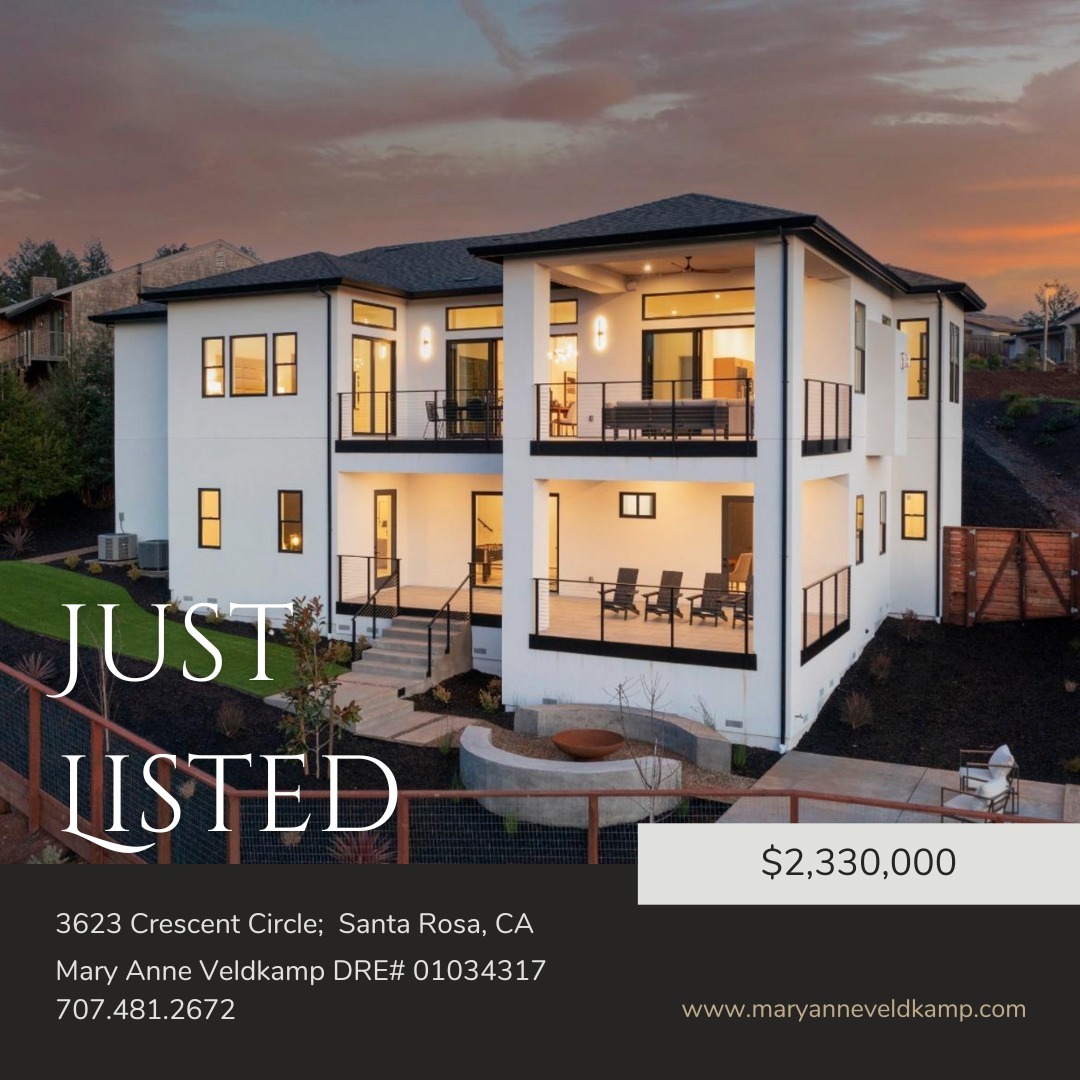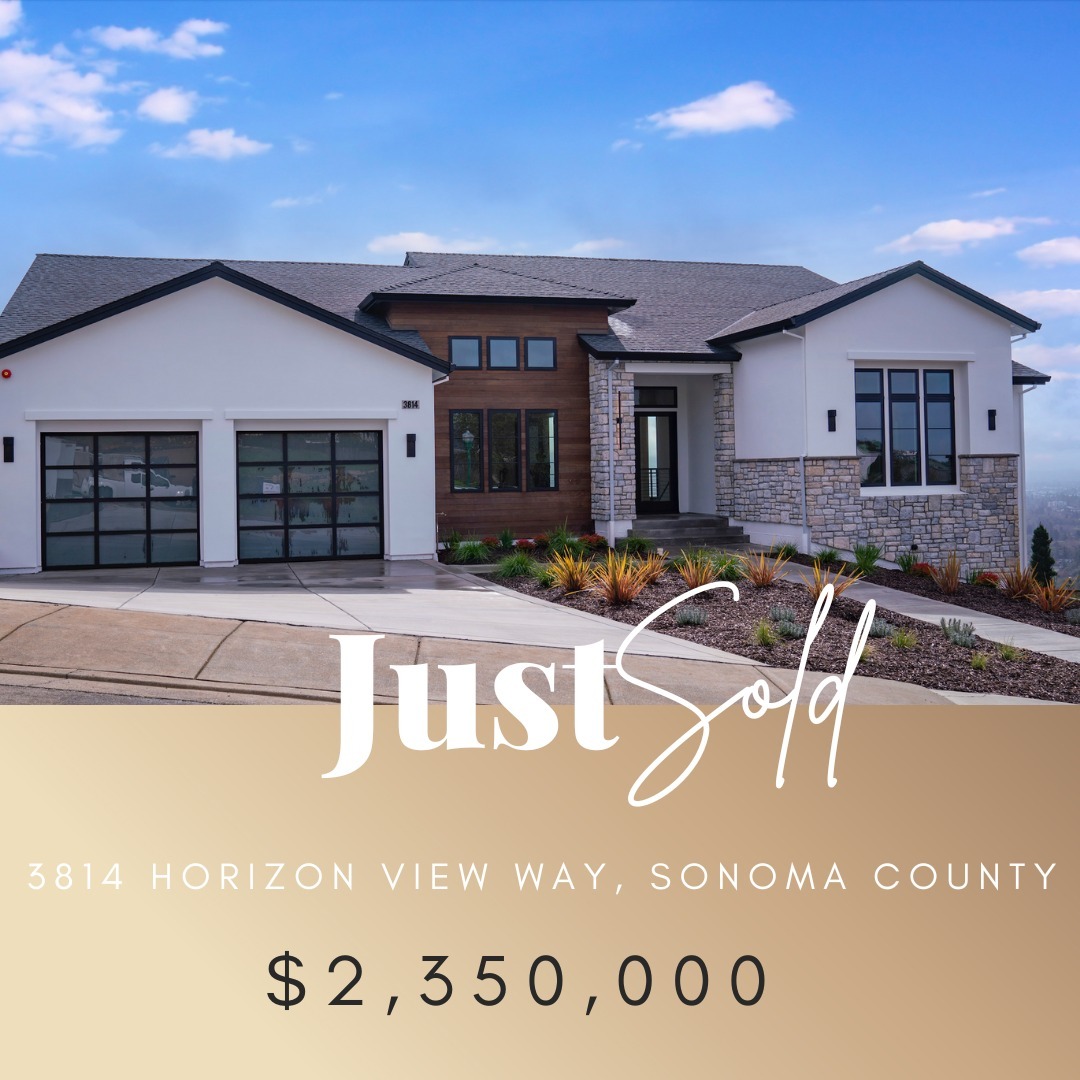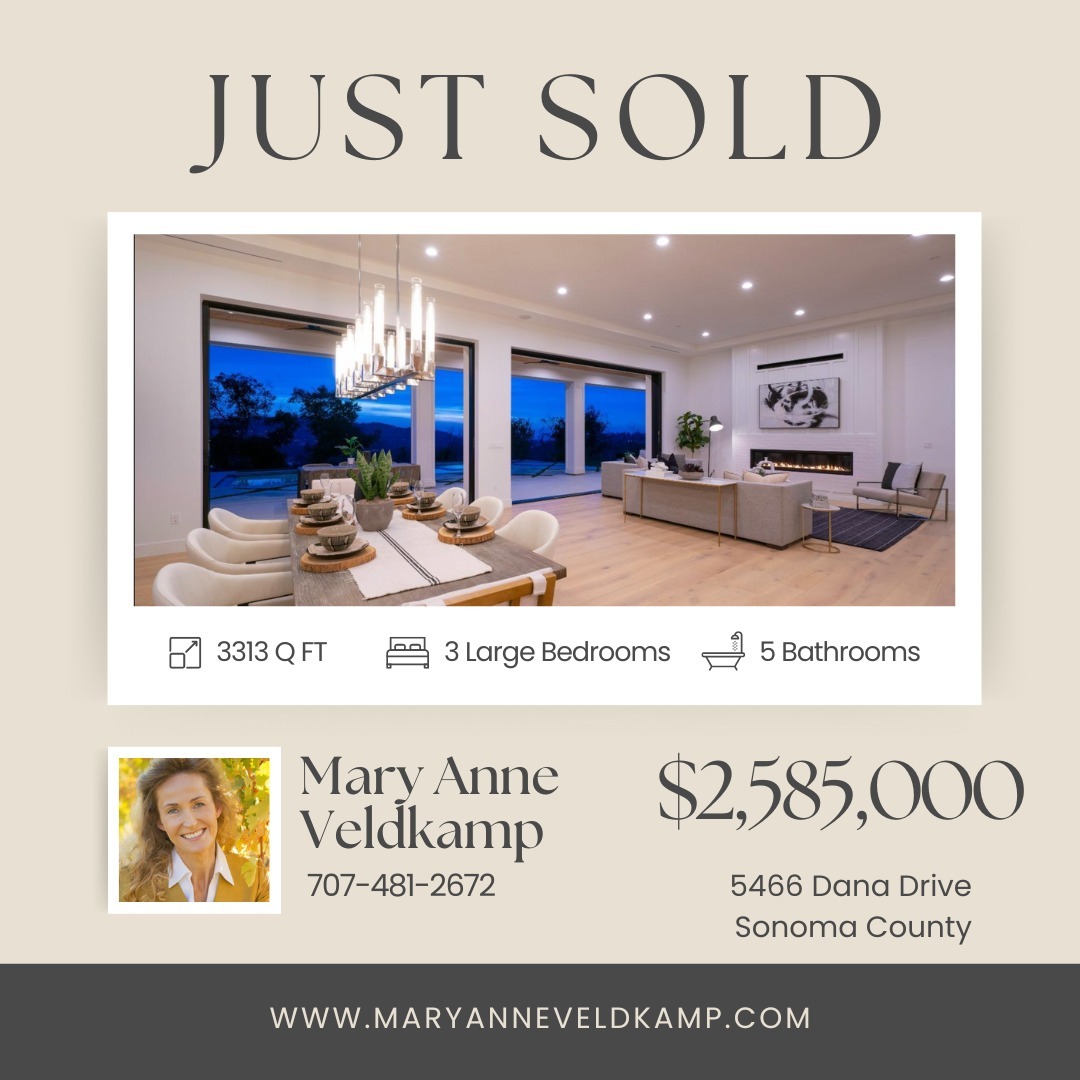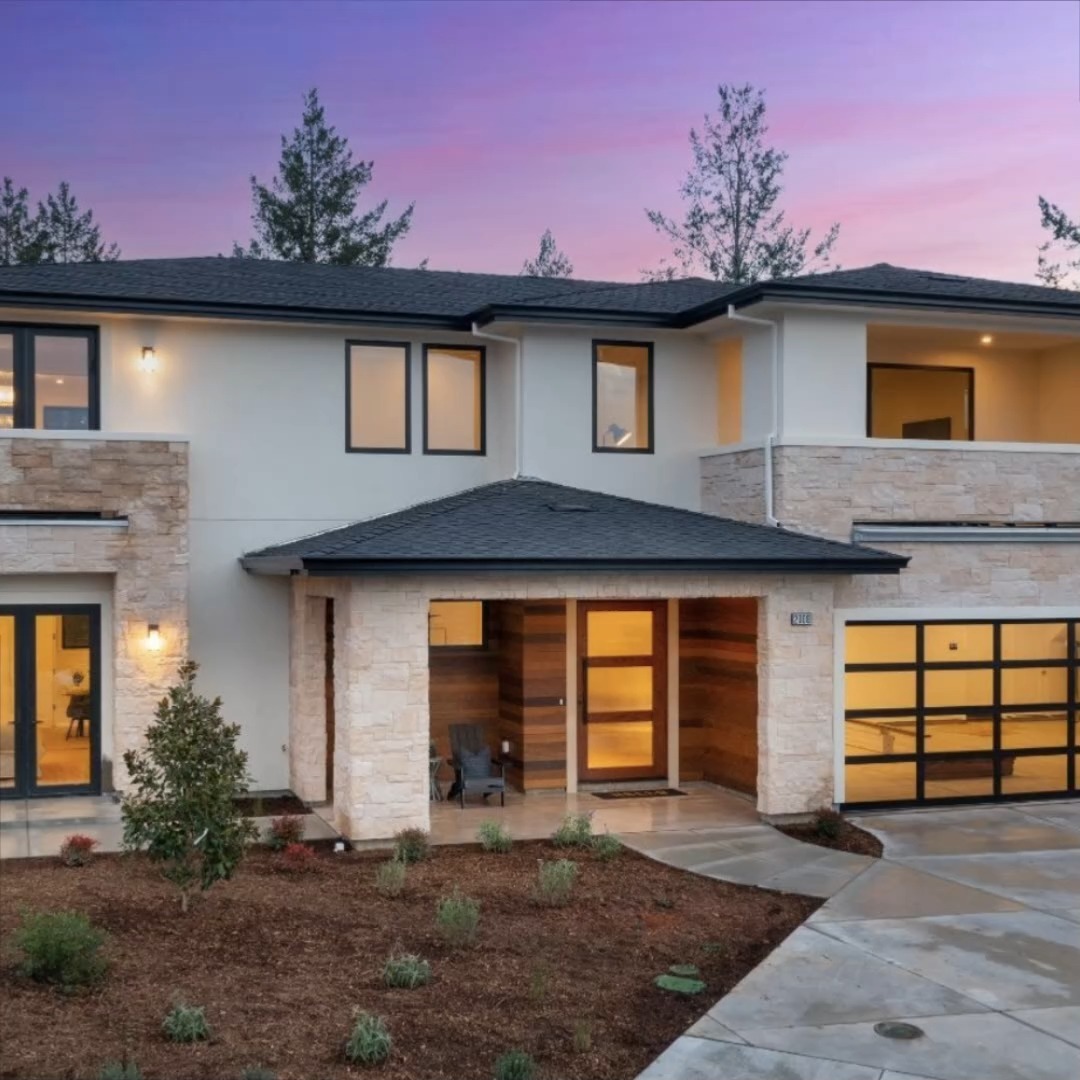Main Content
Slider














Featured Properties
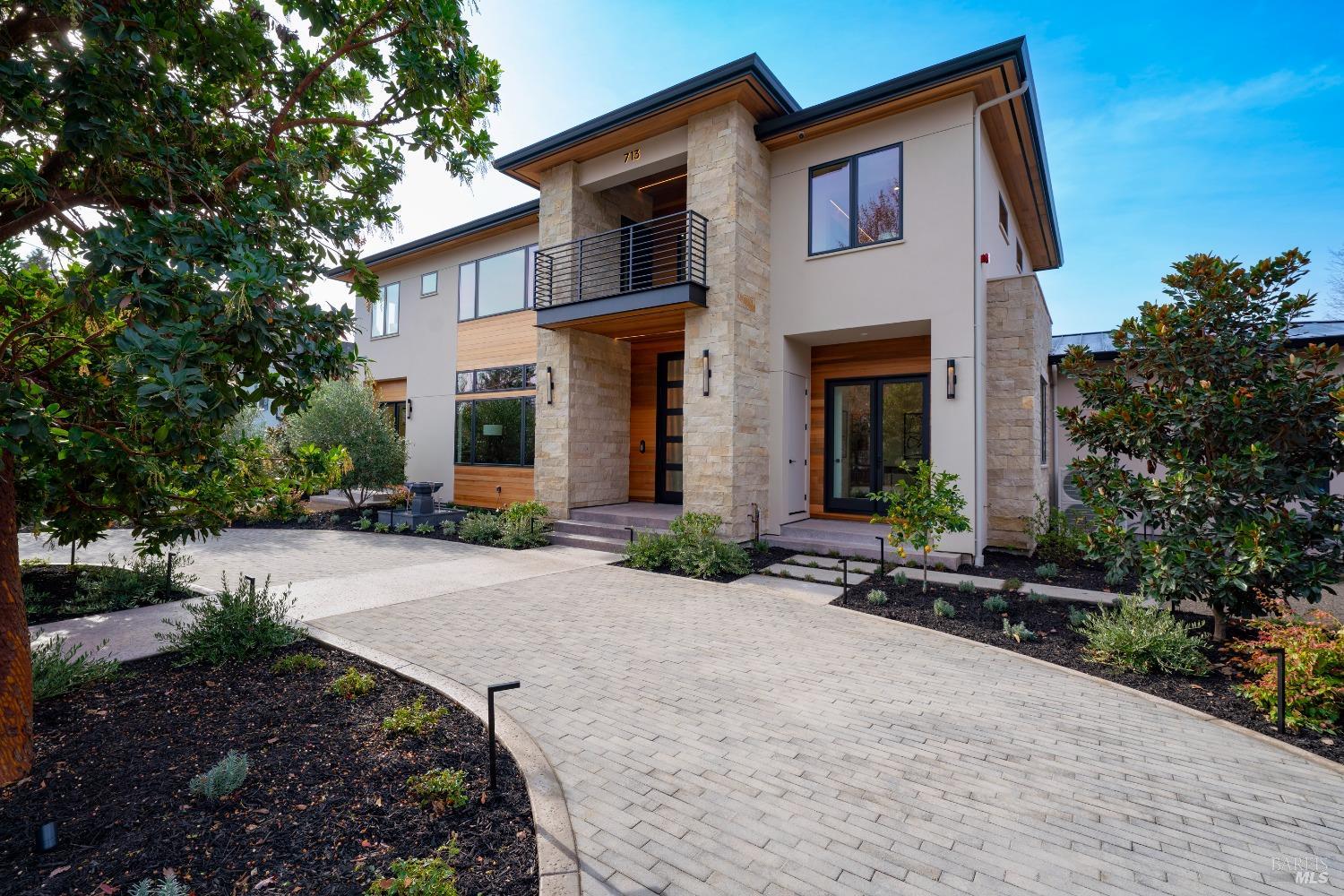
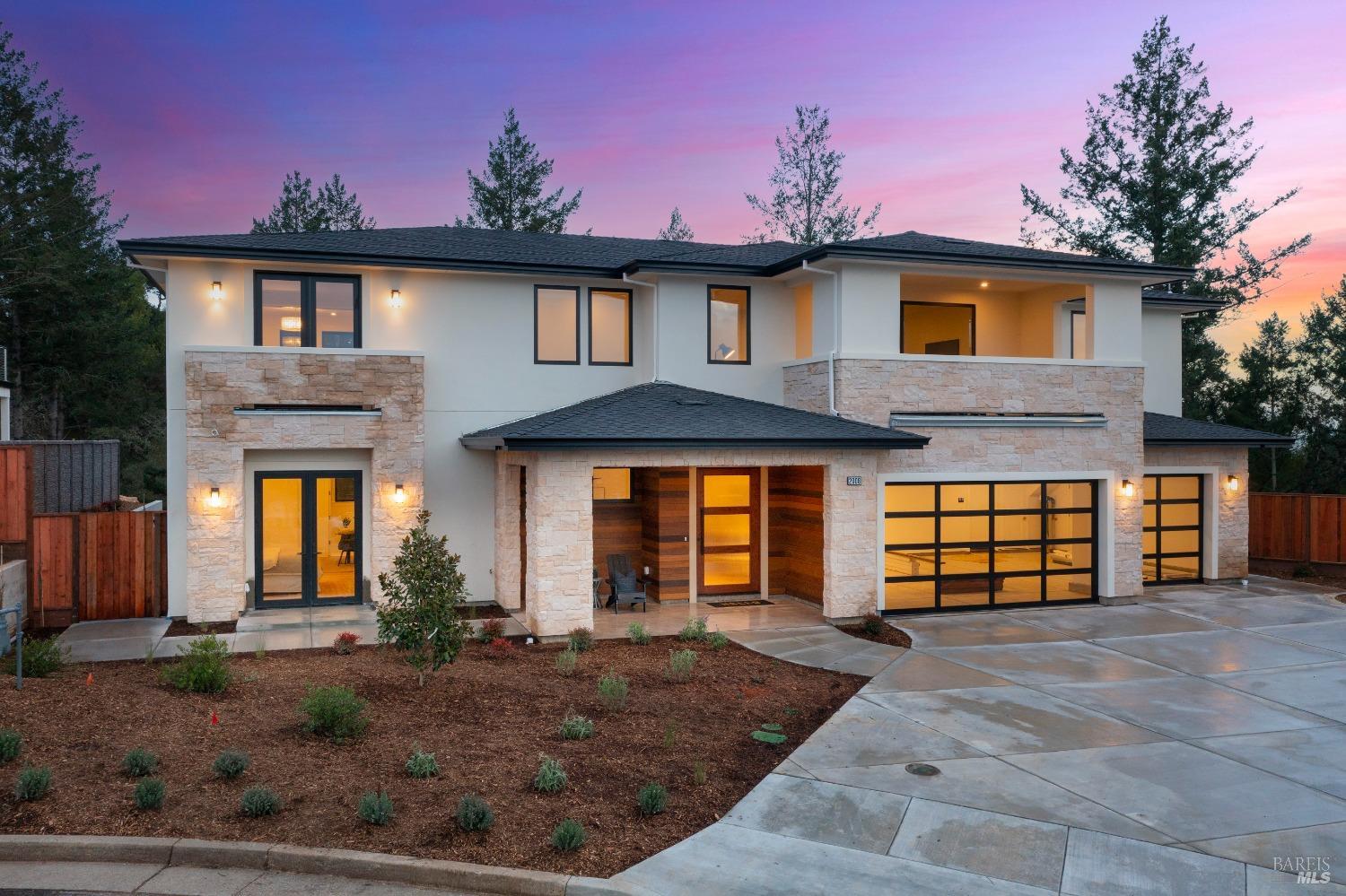
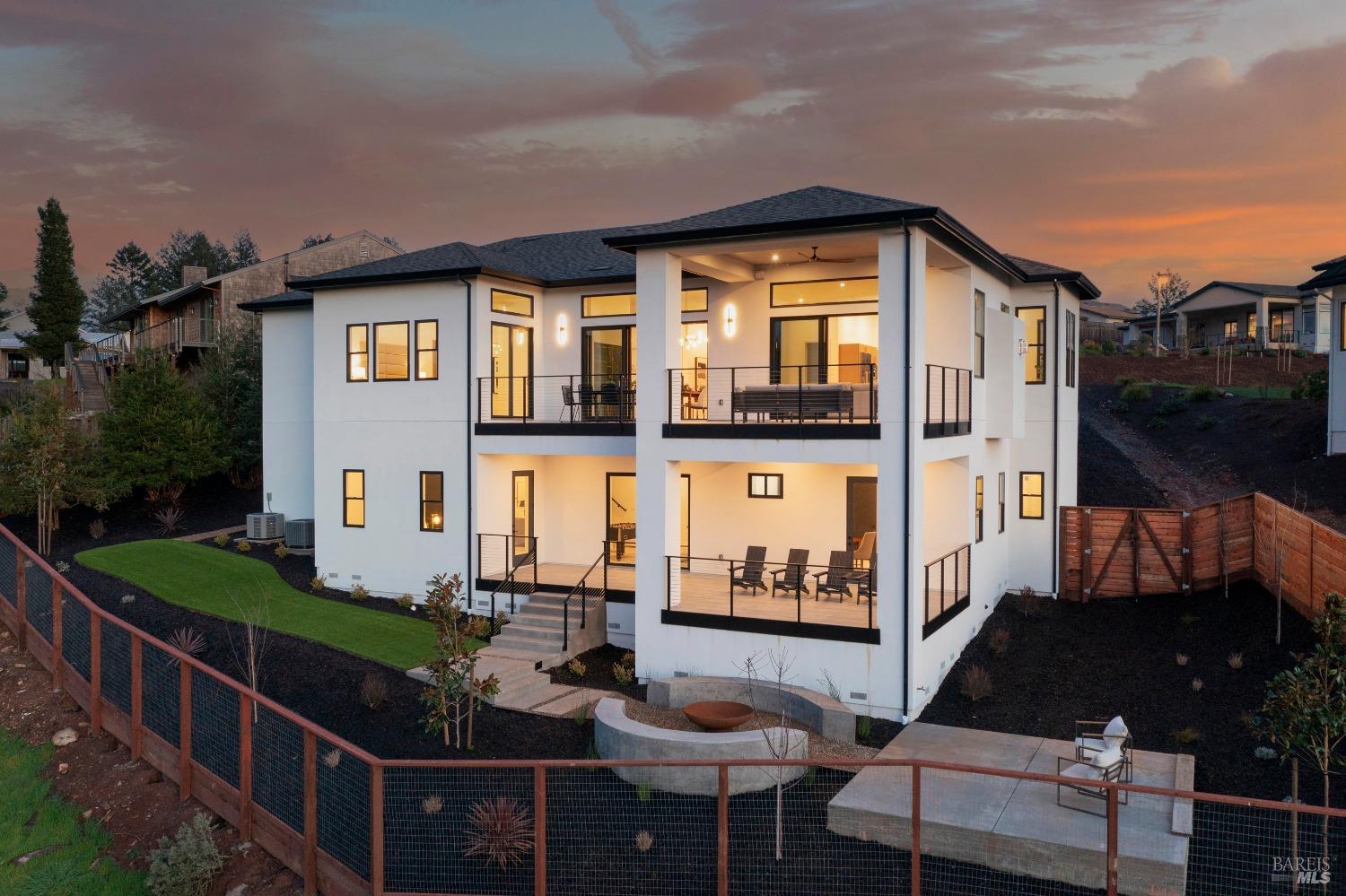

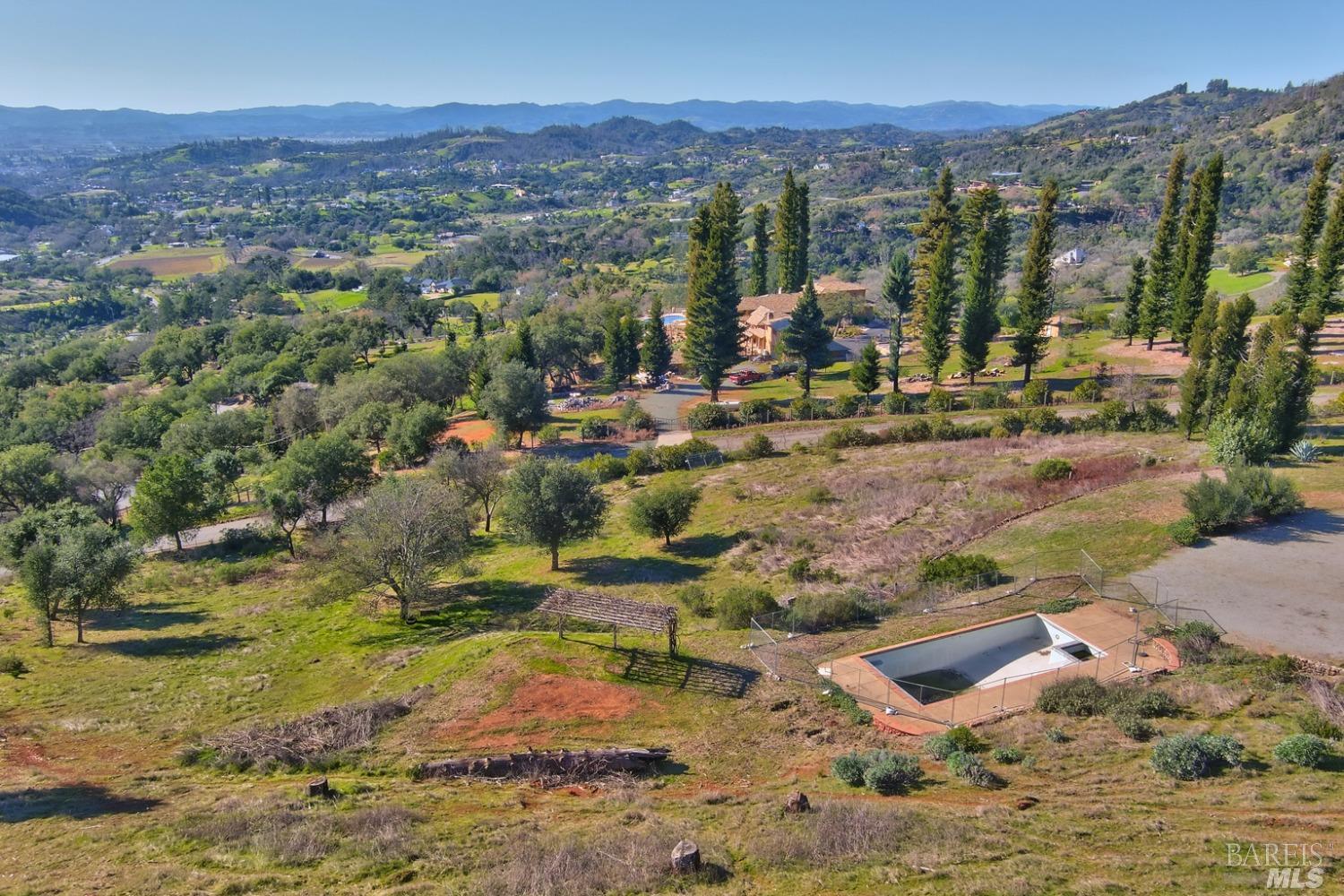
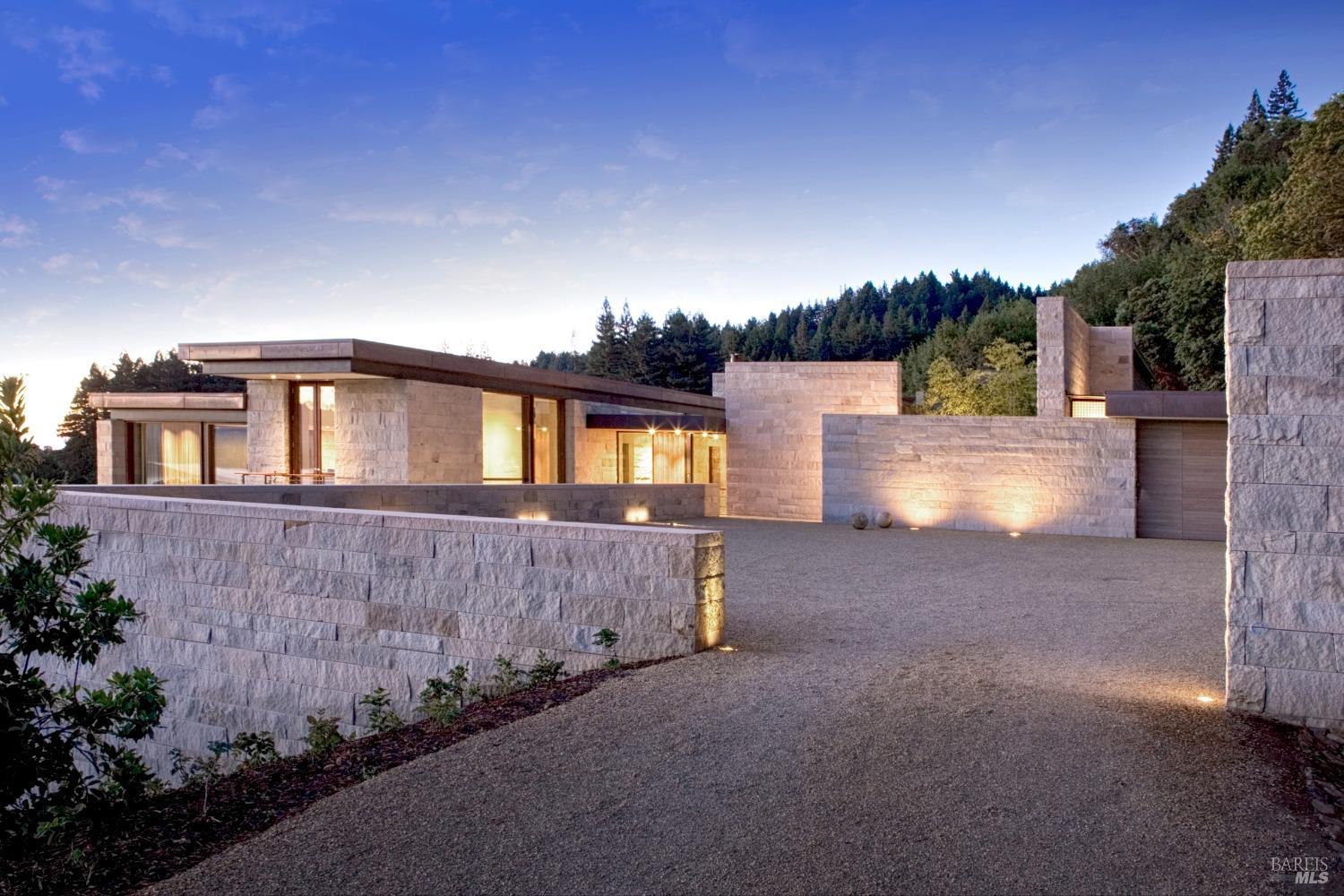
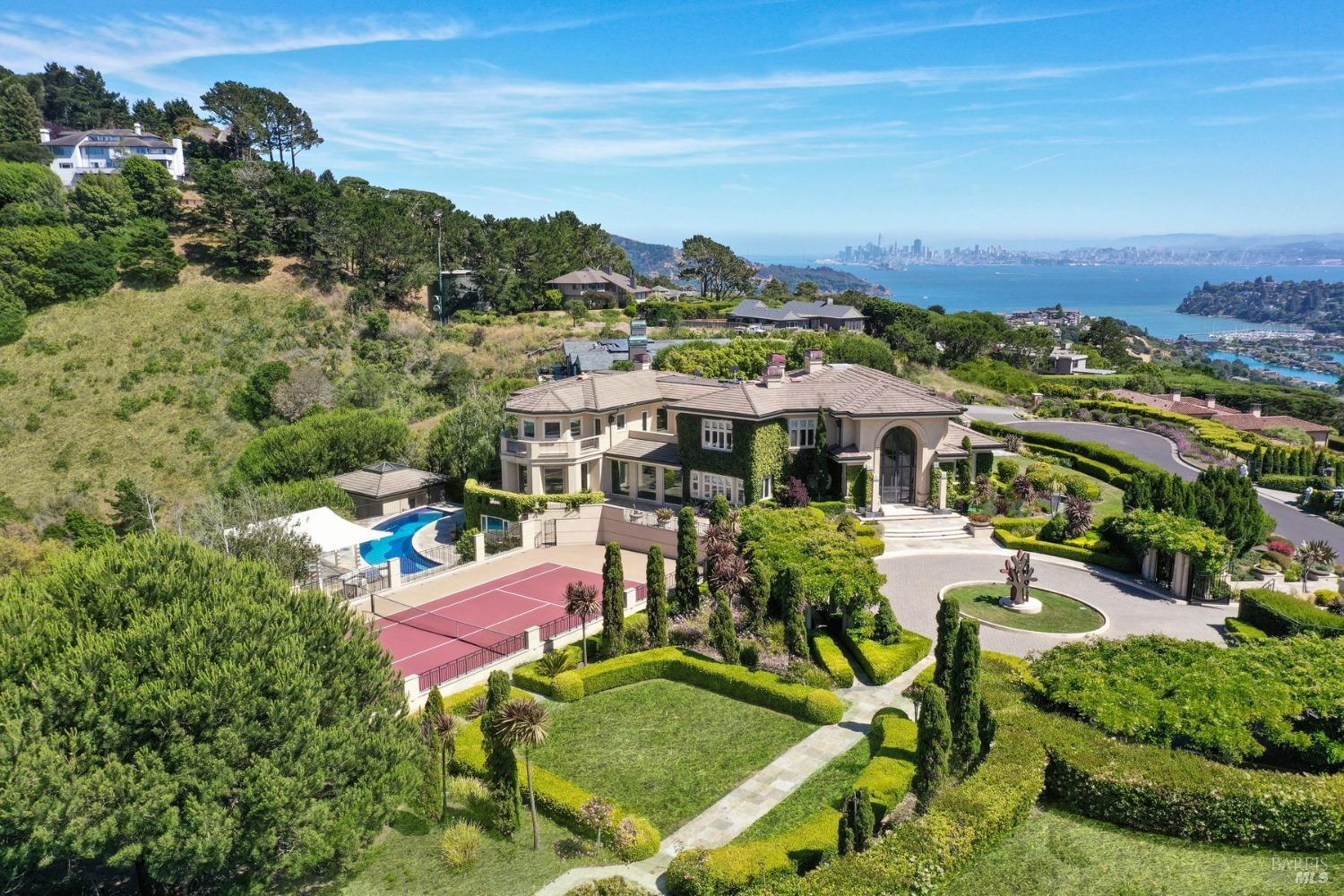
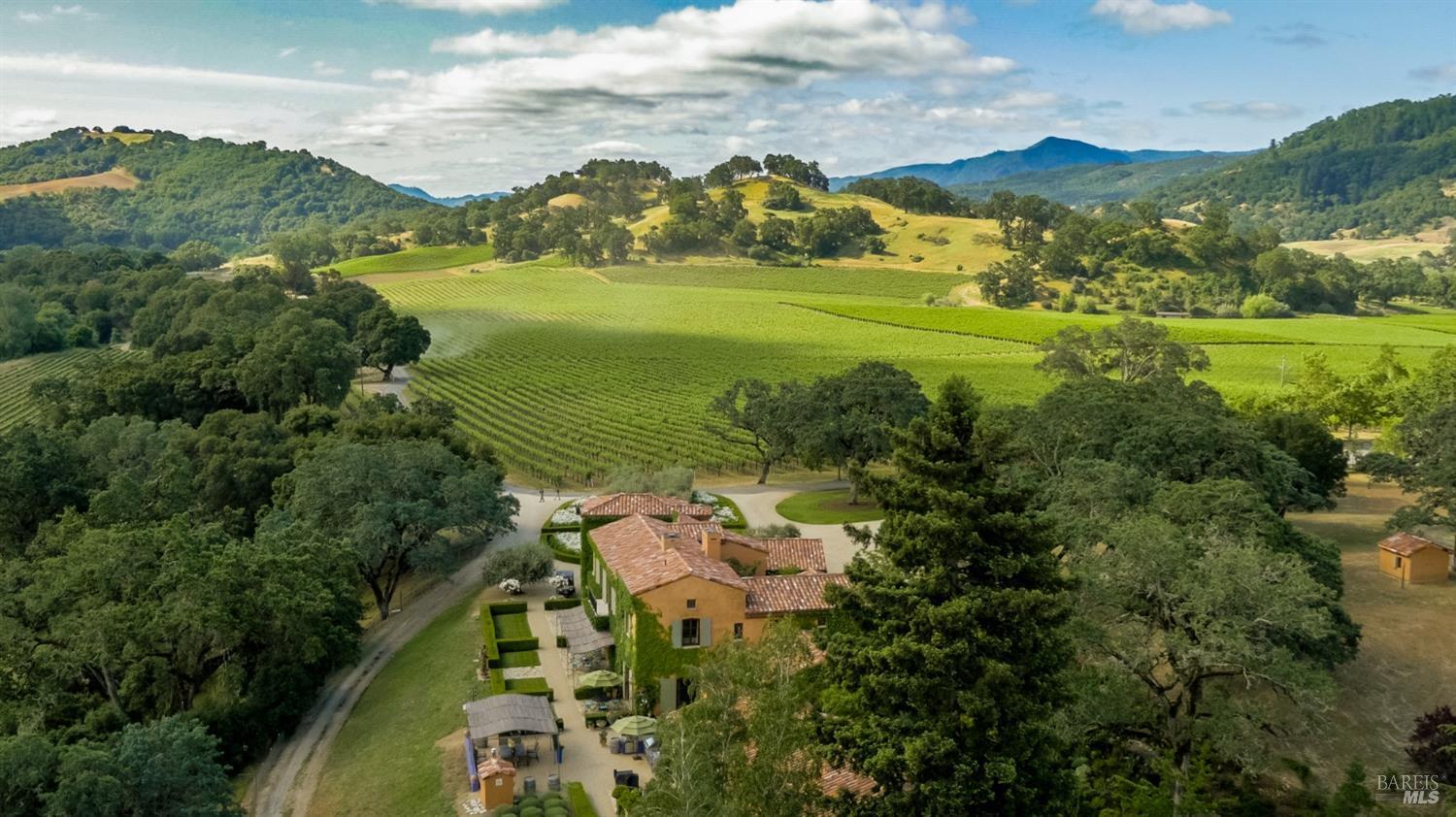
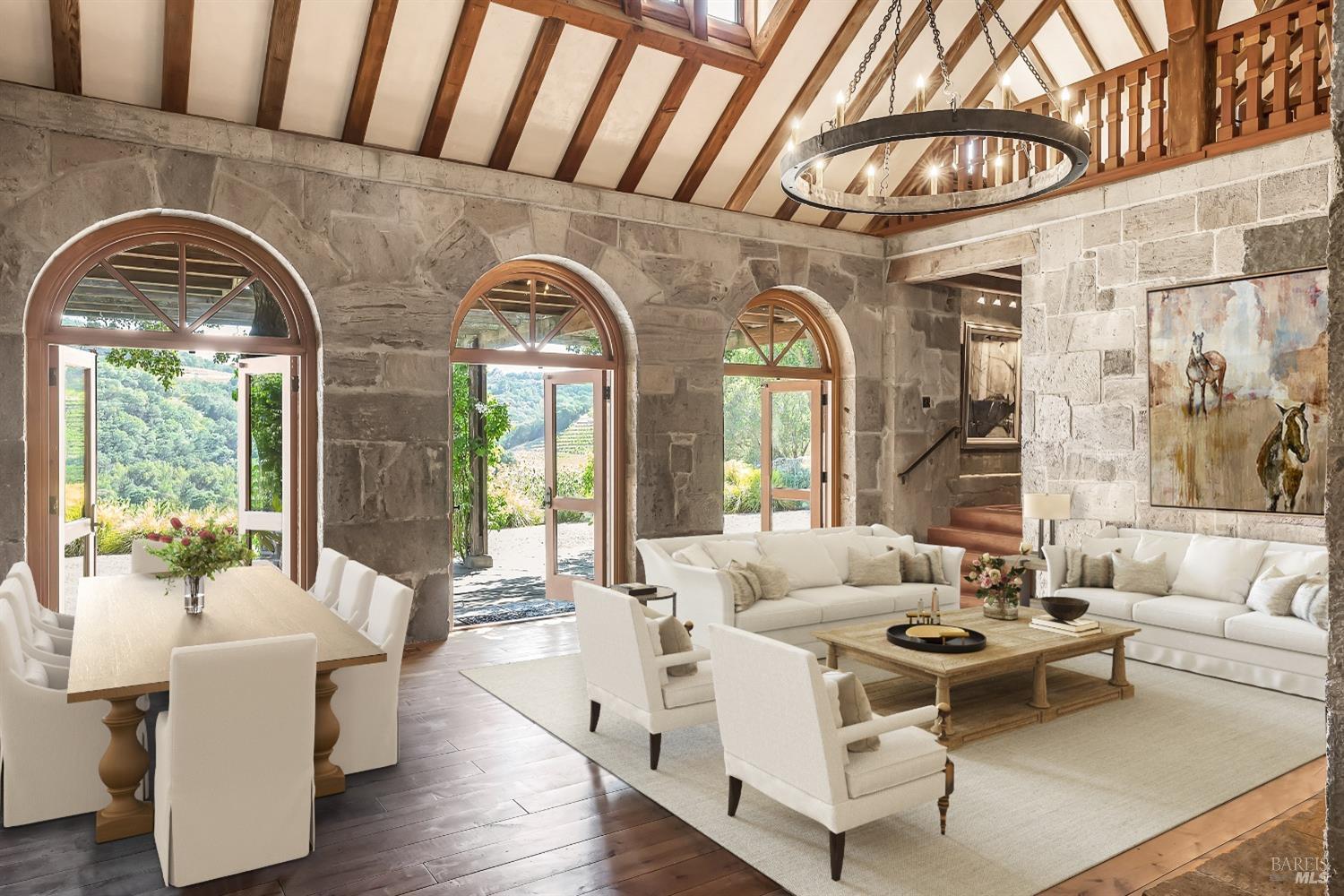



Mary Anne Veldkamp
Achieving distinction comes from years of dedication and success. Since 1989, Mary Anne Veldkamp has been devoted to serving California’s Napa-Sonoma Wine Country real estate market. Mary Anne and her team look forward to introducing you to the communities, the lifestyle and the real estate market of the Wine Country.
Mary Anne Veldkamp is recognized as a leader in real estate with unsurpassed market knowledge and offers you personal and professional attention while respecting your privacy and handling your transaction with the utmost integrity. She is dedicated to evaluating each client’s unique needs and finding the ideal property for you. When you consider selling, Mary Anne offers specialized marketing expertise, fine-tuned negotiation skills, dedication, perseverance, and integrity. Her clients’ satisfaction is most important to her. Mary Anne develops lasting relationships that extend beyond the close of escrow.
Mary Anne is backed by the global presence of Coldwell Banker International Realty. She utilizes the power and network of the largest real estate brokerage in America.

What Our Clients Say
"We appreciate the highly professional and skilled job you did in handling the sale of our Dry Creek property. Your steady and positive guidance and advice through the entire process made it easy for us. The follow-through, once the sale contract had been signed, was thorough and painless, again due to your efforts. We are pleased to recommend you as a highly skilled, knowledgeable, and responsive agent, who can take a client from initial listing or engagement through the closing of the sale or purchase seamlessly."
Allen Grossman
"Mary Anne is by far the most courteous, friendly, considerate and professional agent that one could only hope for. Her continued encouragement and support of me will always be appreciated."
Lori Clay
"Mary Anne did a fabulous job for us. Very professional and also paid a lot of personal attention to our needs on both transactions. Highly recommend her."
Robert and Gayla McClung
"Mary Anne is the ultimate professional. She exudes warmth and truly listens to her client’s needs. She also is an incredible negotiator. She knows how to close a sale. Whenever we went to open houses other Realtors would ask if we had a representative and when we disclosed Mary Anne’s name everyone knew her and told us we were in great hands. Many thanks for Mary Anne."
Brook and Wendy Gorham
"Mary Anne is fantastic- the best realtor I have had in my five house sales and five purchases. Personable, professional, conscientous, and very effective."
Robert Aldridge
Call-to-Action
Latest News

Existing-home sales drop in March as high rates stun homebuyers

Weeklong BoomTown outage was caused by hackers, CEO confirms

Nimble powers up prospecting with PhoneBurner

2 buyers scramble to make a deal as the spring market sprints ahead

Broker Spotlight: Karen Hanson, Engel & Völkers By the Sea
Posted 6 days ago
by Mary Anne Veldkamp DRE# 01034317
✨NEW PRICE✨NOW $2,500,000✨THIS HOME WILL BE OPEN SUNDAY APRIL 14TH FROM 12-3✨ This newly construc...
Posted 6 days ago
by Mary Anne Veldkamp DRE# 01034317
✨OPEN HOUSE✨ SUNDAY, APRIL 14TH FROM 2-4✨OFFERED AT $4,950,000✨ Nestled in the heart of picturesq...













